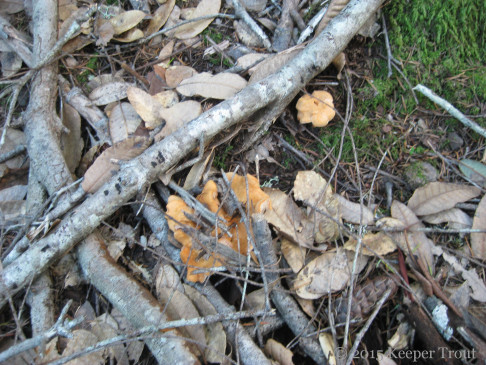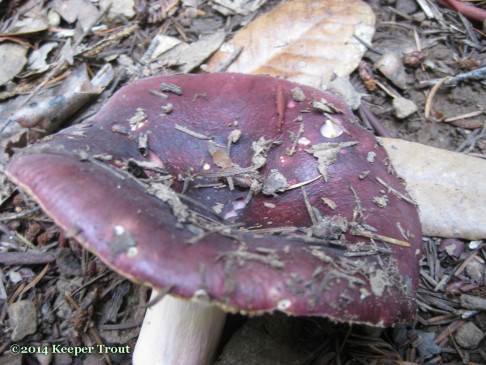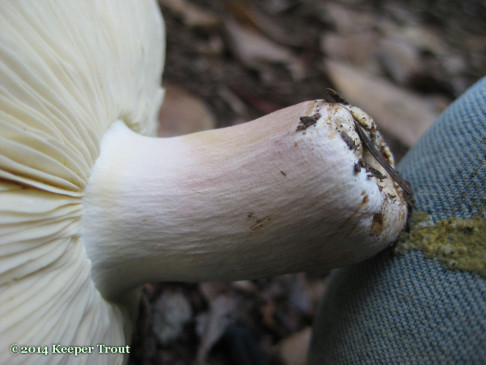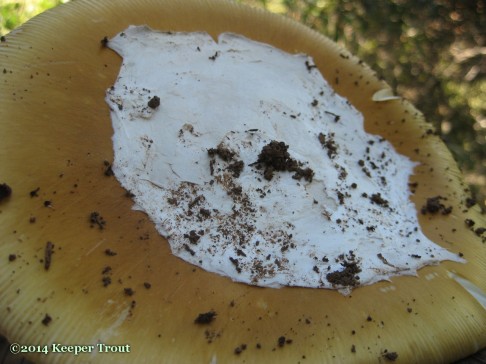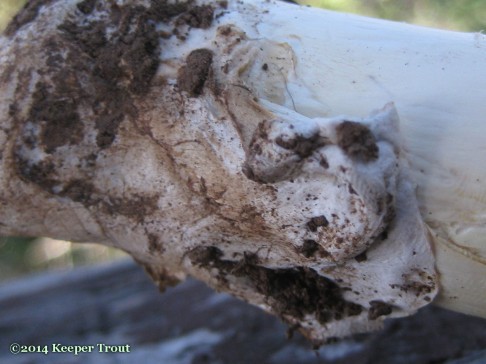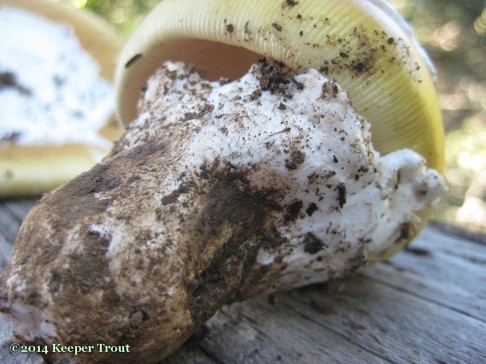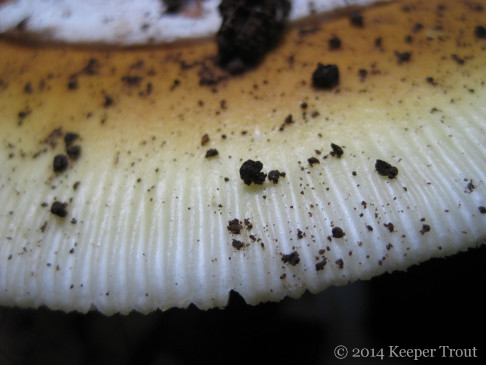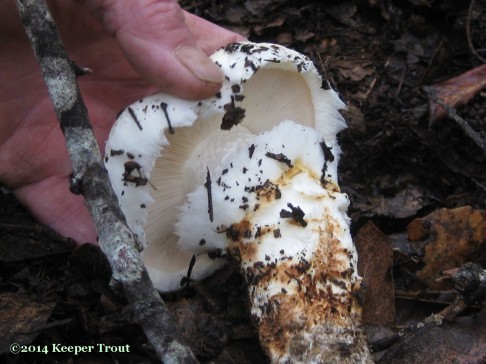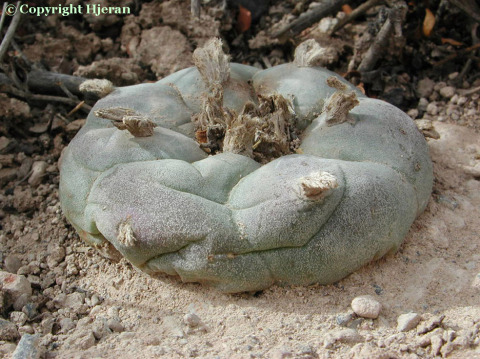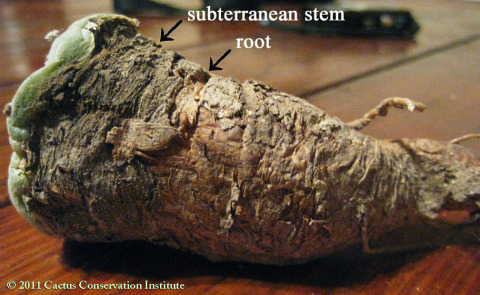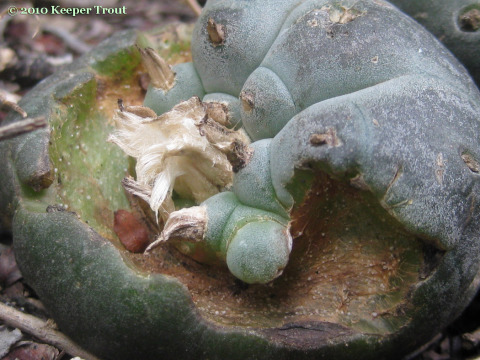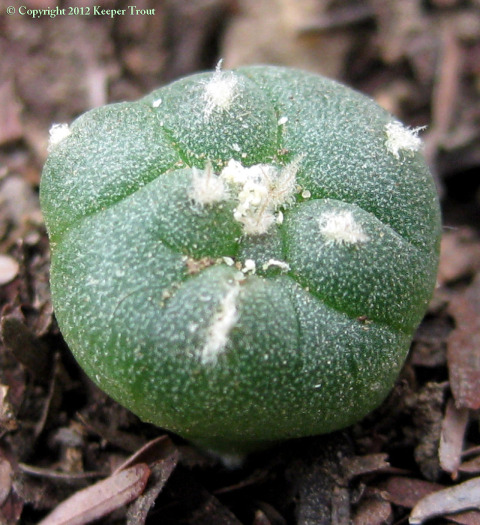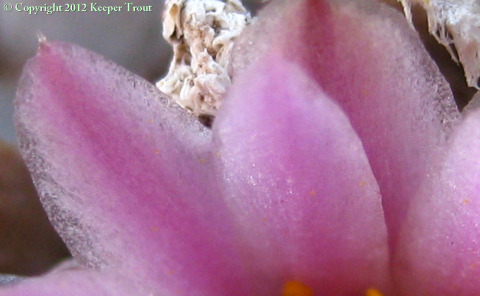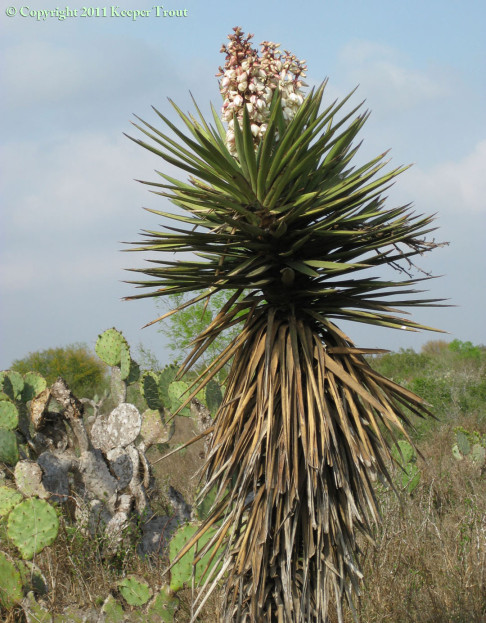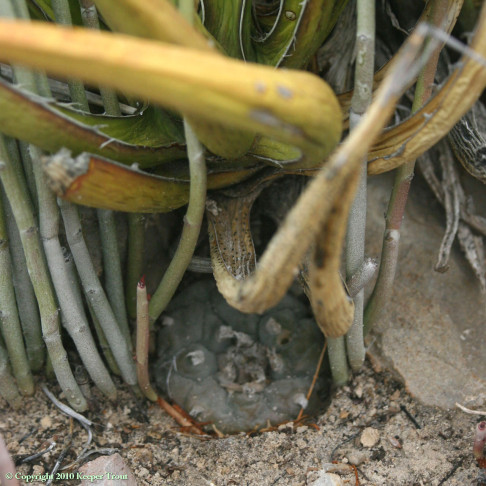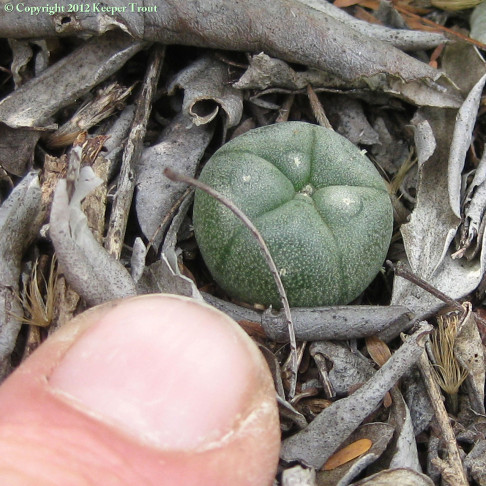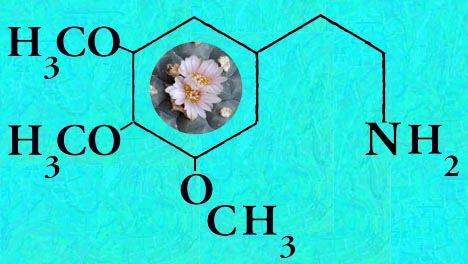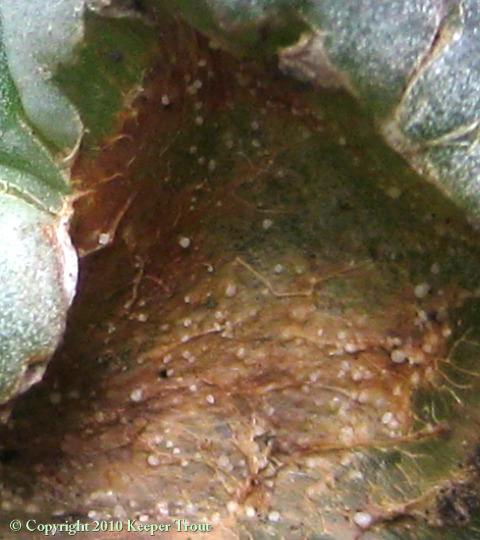These are a few of what occurs here and were encountered this past Winter.
Chanterelles, hedgehogs and shaggy-manes are easy and almost foolproof mushrooms. (Although I agree with Douglas Adam’s warning not to “underestimate the ingenuity of complete fools“.)
Chanterelles potentially do have some look alikes but there are none that will confuse anyone who pays attention to details. If the gills are narrow, deep and nicely-defined, it is not a chanterelle.
Several different chanterelles live here. The last several winters have been lacking adequate rain so all of those chanterelles have been few and far between.
This is the only decent golden chanterelles that I found this entire Winter. (I also found a single white chanterelle but the images did not turn out.)
These have long beeen known as Cantharellus cibarius but research is revealing that one to be a strictly European species and the multiple Cantharellus species occurring on the Pacific Coast and elsewhere are now being identified and named. (Michael Kuo has a nice page about this.)
Hedgehogs had a slightly better year but it was not great. These have caps that occur in a range of colors from creamy to orange. The teeth and stem are typically whitish and stain orange with age or damage.
This is an easy one with no poisonous look-alikes. Any of the truly inedible Hydnum species are also extremely unpalatable in taste and look quite different.
These are sweet and delicious with a really fine texture but they cause me to produce enough gas internally to potentially fuel the needs of a small community so I avoid eating them.
Shrimp Russulas are also potentially fairly easy — assuming that a person has a mind for details. Errors are quite possible if not.
These are not my favorites, the flavor is fine when they are young but I do not care for the texture of Russula species in general. They are OK in a pinch.
Prince Agaric (Agaricus augustus) is awesome in almost every way (taste, texture, aroma and appearance) and this species had an above average year here. They also tend to fruit alongside roads and near other human activity. They are known to be heavy metal accumulators of lead and cadmium so I do not eat many of them.
This species has some potential look-alikes but those have pink gills when mature (gills on this one are dark brown when mature) or they have a different spore color or they have a foul smell.
I almost wish that these were not so damn delicious. They remind me a lot of a portabello someone smothered with almond-extract. Flies target this one really fast so it needs to be harvested and either eaten or refrigerated as soon as possible after it comes up. The one below is older than ideal for that reason.
This species typically fruits here from dew-fall during the normally dry month of June but for whatever reason they have fruited intermittently through all of last summer, fall and winter following periods of rain.
Shaggy-manes (Coprinus comatus) are very easy to recognize but turn to weeping ink rather quickly. This is among the nicest of the edible mushrooms but is known to be an indicator of arsenic-containing soils. As it is known to accumulate arsenic and other heavy metals this one is best enjoyed infrequently.
Waxy caps (Hygrocybe sp.) are considered to be edible but are also known to be heavy metal accumulators, the gorgeous red and yellows apparently come from cadmium, so they are not a good choice for food. They also are not particularly exciting in either their flavor or their texture.






